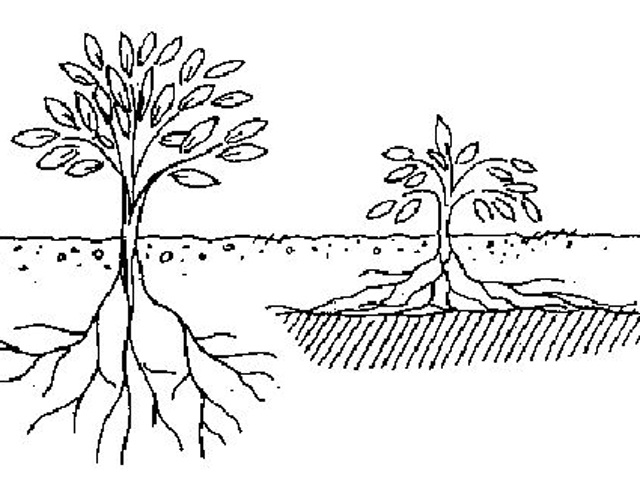What is compaction? Compaction is a process of ground improvement in the construction of structures. The purpose of compaction is to improve the properties of the soil.
In order for a structure to be constructed in a solid way, the soil conditions must be in the desired condition. Earth fills in structures such as roads, airports and embankment dams should be firmly placed on the ground. This reduces the air volume in the ground. So, what is compaction?
What is compaction?
Compaction is to increase density of a soil by applying mechanical energy. In other words, compaction means that tightening elements forming the structure by reducing the air volume in the soil.
What are the advantages of compaction?
Compaction, which makes the floor stronger, has several advantages when building construction sites:
- It increases the durability of the soil.
- The load carrying capacity of the soil increases.
- Problems with ground subsidence are reduced.
- Possible volume changes on the soil are avoided.
- Hydraulic permeability decreases.
The degree of compaction is determined by considering its dry density or weight. After compaction, the dry density in the ground varies depending on the amount of water, compaction energy and the type of soil.
Effect of water On Compaction
One of the functions of the amount of water is compaction. Water reduces the friction between the particles in the soil. If there is no water, the soil will hardly jam. The compression is better if some water is added. Increasing the water means better jamming. However, it is necessary to adjust the water level well, because if the water is supplied more than necessary, the soil will flow.
Compaction Equipment
There are different compaction equipment. All these equipment are used according to the land conditions.
- Smooth Wheel roller is mainly used in asphalt pavements and process of fill compaction. The cylinder contacts the floor 100%. It can be used easily on all floors except rock floors. The flat cylinder makes a compaction effect by applying static weight.
- Rubber roller is used in road fillings and earth dams. The vehicle contacts the ground 80%. It’s suitable for use on granular and fine-grained floors. It has static weight and effect of kneading compaction.
- Sheepfoot roller is used on clay soils. The vehicle consists of many round and rectangular shaped foot positioned on the cylinder surface. The vehicle contact the ground 8%.
- Impact roller.
- Grid roller is generally used on coarse grained soils, gravelly soil and blocky structure. It has brake vibration and shredding. The soil contact level of vehicle is 50%. The compaction effect is static weight and vibration.
- Dynamic compaction is used to improve deep soils on loose and soft grounds. The ground is tightened by stress and vibration. This ensures increased durability and a better fit.

